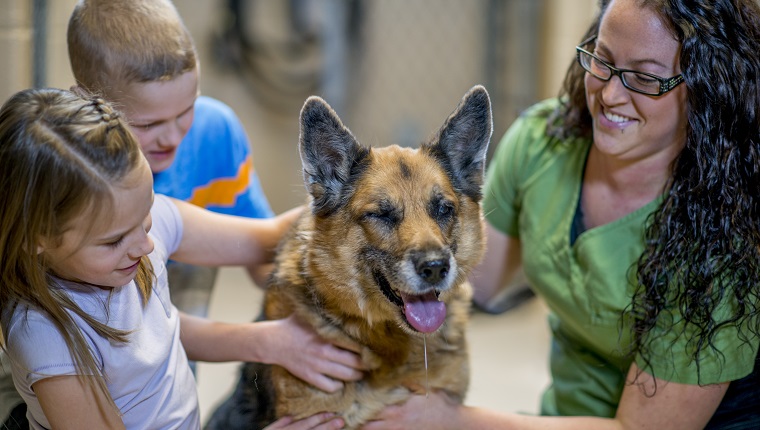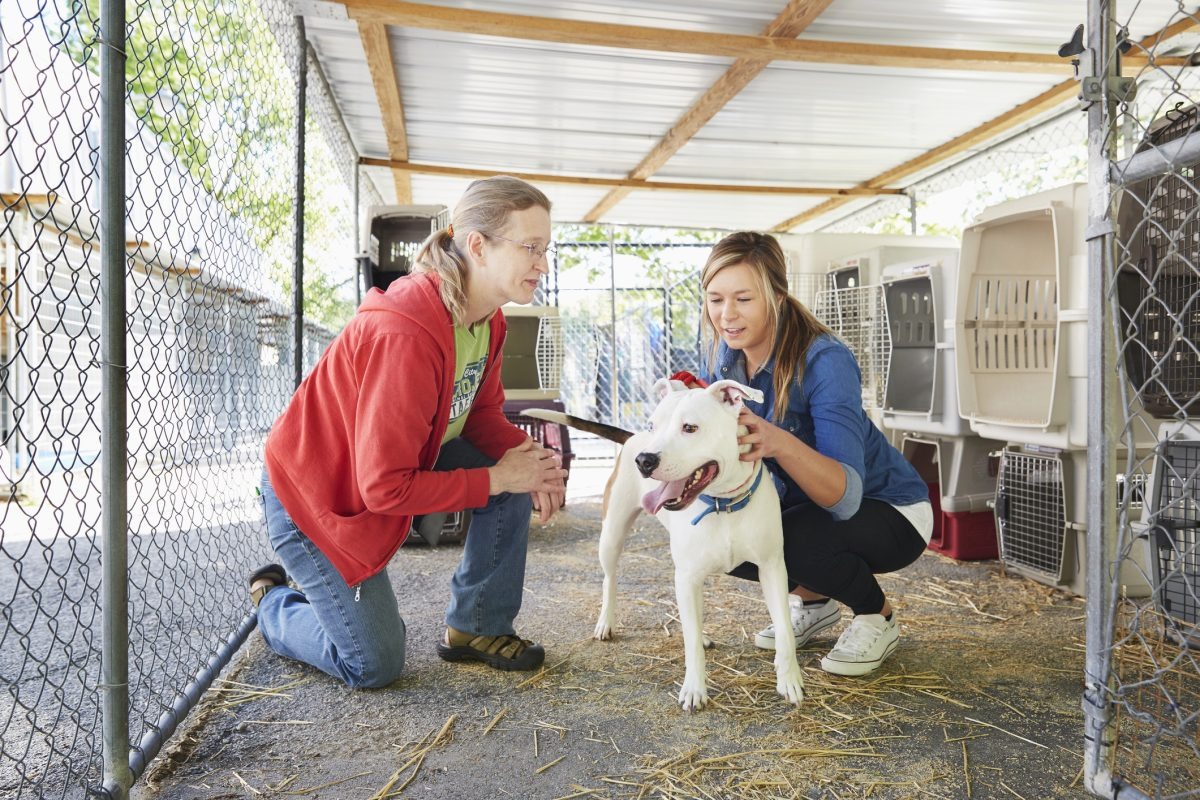Animal shelters are essential institutions that play a critical role in animal welfare and community health. These organizations provide care and shelter to animals in need—often saving lives, educating communities, and promoting responsible pet ownership. However, like any system, they face both benefits and limitations. This article will examine the advantages and disadvantages of animal shelters, offering insight into how they operate, their contribution to society, and the challenges they must overcome. By understanding both sides, we can better support animal shelters and contribute to a more humane future for all animals.
Advantages of Animal Shelters
1. Rescue and Rehabilitation
At the core of every animal shelter is its rescue mission. Shelters provide a safe space for stray, abandoned, or at-risk animals. Whether an animal has been found wandering without a home or rescued from unsafe living conditions, shelters are often the first step toward a better life.
These facilities offer:
- Immediate food, water, and shelter
- Veterinary care for illnesses or injuries
- Behavioral assessments and rehabilitation support
Rescue efforts ensure that animals in vulnerable situations receive the attention they need to recover and ultimately thrive.

2. Promotion of Pet Adoption
Animal shelters promote pet adoption as a humane and sustainable alternative to commercial breeding. By encouraging people to adopt rather than shop, shelters help:
- Reduce the overpopulation of stray animals
- Prevent the rise of irresponsible or unethical breeding practices
- Increase public awareness about pet homelessness
Many shelters organize adoption events, partner with community organizations, and maintain digital platforms to connect animals with new homes.

3. Education and Community Engagement
Shelters are not only places for animals but also centers of learning. Many operate outreach programs designed to:
- Teach responsible pet ownership
- Encourage spaying and neutering
- Share information on proper animal care
- Involve children and families in humane education
These efforts help build more compassionate communities and reduce the number of animals that enter shelters in the future.
4. Protection from Abuse or Neglect
Animal shelters act as sanctuaries for animals experiencing neglect or unsafe environments. They collaborate with local authorities to:
- Intervene in cases of mistreatment
- Provide safe housing during investigations
- Offer long-term support or rehoming opportunities
In doing so, shelters serve as a critical line of defense in protecting animals and upholding animal welfare laws.

5. Opportunities for Volunteerism and Connection
Volunteering at an animal shelter offers individuals the chance to make a direct impact. Whether walking dogs, caring for cats, or helping with administrative tasks, volunteers build meaningful connections with animals and contribute to the shelter’s mission.
This interaction fosters:
- Compassion and empathy
- Personal growth and responsibility
- Stronger community bonds
Shelters often inspire lifelong advocates and adopters through these volunteer experiences.
6. Comprehensive Medical and Behavioral Care
Many animal shelters offer a full range of services to ensure the animals in their care are healthy and ready for adoption. These services may include:
- Vaccinations
- Spaying and neutering
- Microchipping
- Behavioral assessments and training
This comprehensive care increases the likelihood that an animal will be successfully adopted and remain in a loving home.

Disadvantages of Animal Shelters
1. Overcrowding and Limited Space
One of the most pressing issues animal shelters face is overcrowding. Due to high intake rates and limited adoption capacity, shelters may reach or exceed their maximum occupancy.
This can result in:
- Limited space for new arrivals
- Shared enclosures that increase stress levels
- Reduced attention for each animal
Overcrowding can compromise the overall quality of care, even when staff are working at full capacity.

2. Financial Constraints
Animal shelters depend heavily on public donations, government funding, and grants. With increasing operational costs—such as staffing, facility maintenance, and veterinary care—many shelters struggle to meet financial demands.
Challenges include:
- Limited staff and resources
- Inability to expand or upgrade facilities
- Dependence on fundraising efforts
Financial strain can hinder a shelter’s ability to accommodate more animals or enhance care quality.
3. Difficult Ethical Decisions
While many shelters operate as no-kill facilities, others may be forced to make difficult decisions when animals cannot be rehomed or face severe health issues. Although this is often a last resort, it remains a sensitive and complex issue that shelters must navigate with care and compassion.
Ongoing support, public education, and alternative solutions such as fostering can help reduce these occurrences.

4. Extended Stays and Limited Socialization
Some animals, particularly older pets or those with special behavioral needs, may remain in shelters for long periods. While shelters strive to make these stays as comfortable as possible, extended confinement can sometimes affect an animal’s mental well-being.
Potential effects include:
- Increased anxiety or fearfulness
- Reduced adaptability to home environments
- Difficulty forming bonds with adopters
Providing enrichment activities and opportunities for interaction can help mitigate these effects.
5. Stressful Environment
Shelters are often bustling with activity—barking dogs, new arrivals, and a rotating staff. While the environment is managed to be as calm and supportive as possible, it can still be stressful for some animals, particularly those recovering from trauma or injury.
Reducing stress through:
- Quiet areas for rest
- Daily play and exercise
- One-on-one time with caregivers
…can greatly improve animals’ well-being during their shelter stay.
6. Variability in Shelter Standards
Not all shelters operate under the same standards or guidelines. Differences in funding, staff training, and facility conditions can result in inconsistent levels of care across regions.
Support from regulatory bodies, public feedback, and partnerships can help improve standards and share best practices among shelters nationwide.

Conclusion: Supporting a Balanced Perspective
Understanding the advantages and disadvantages of animal shelters helps us appreciate their vital role while recognizing the support they need to function effectively. Shelters offer safety, care, and hope to thousands of animals—but they cannot do it alone.
Their strengths—rescue, rehabilitation, adoption, and education—are immense. But challenges like overcrowding, financial limitations, and stress on animals remind us that ongoing community involvement is essential.
Here’s how you can help:
- Adopt instead of shop
- Volunteer at your local shelter
- Donate supplies or funds
- Foster animals temporarily
- Advocate for responsible pet ownership
Together, we can strengthen the network of animal shelters and help more pets find loving, permanent homes. In doing so, we contribute to a society that values compassion, responsibility, and care for all living beings.












Leave a Reply